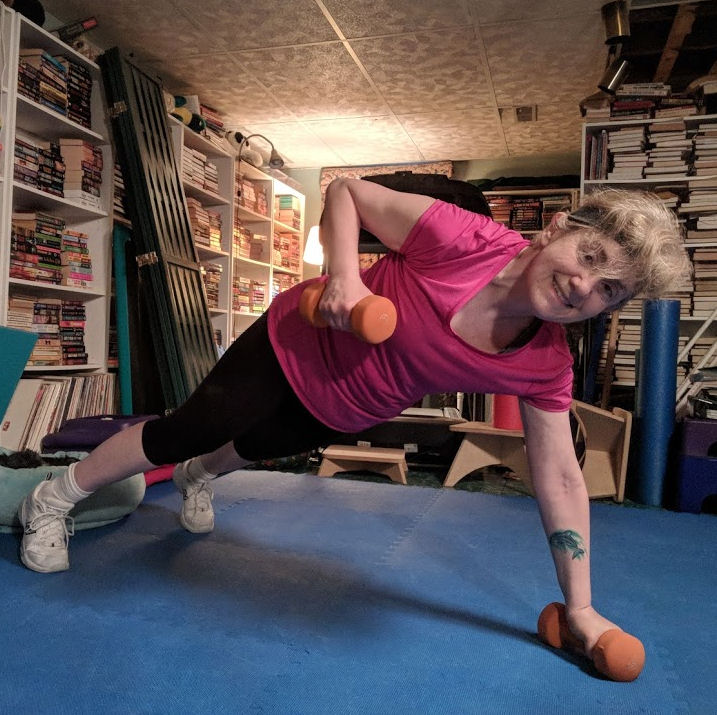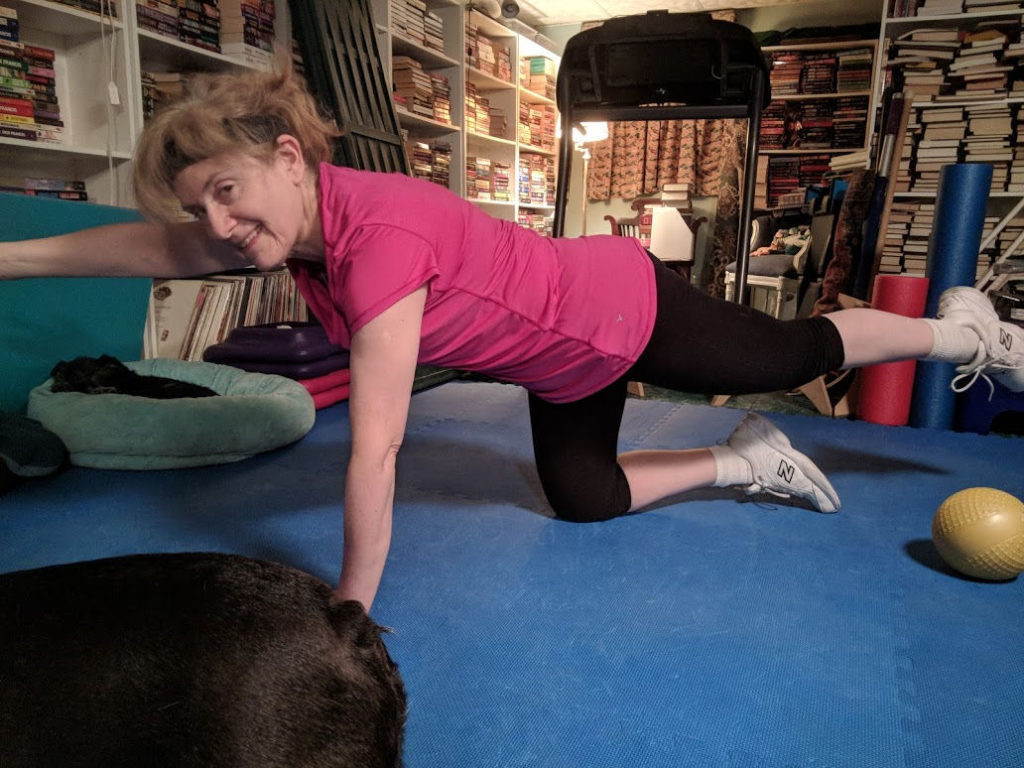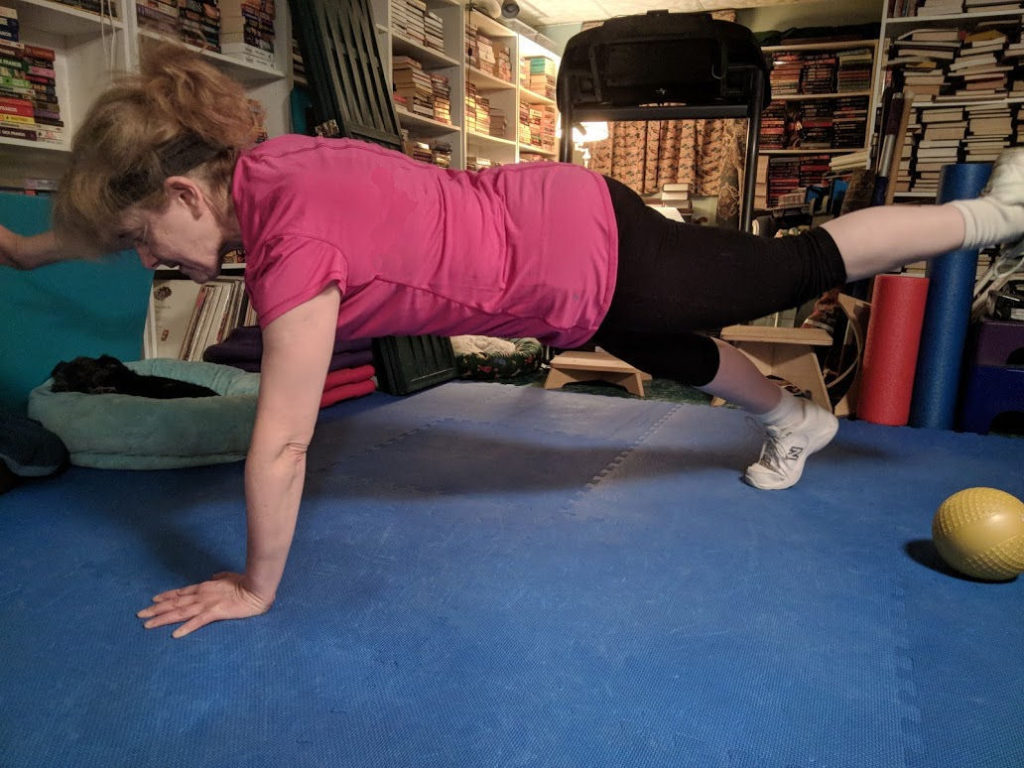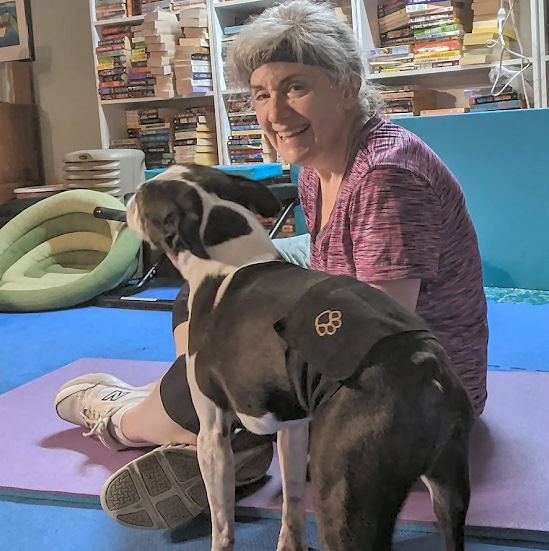We’ve all experienced depressive episodes – perhaps too many in the last couple of years. It’s natural to feel sad or depressed when we hear about all the horrible things going on in the world, and some of these hit us harder than others. In fact, “according to the National Institutes of Health, 17.3 million adults in the U.S. have experienced a depressive episode in the last year.” Major depression is considered a mental disorder, but minor depression, like what we feel on occasion, can even affect how our bodies respond. But all the experts agree that exercise can help depression.
How depression can affect us
At first depression can affect our focus and memory, and can even interfere with our sleep. Depression can cause headaches. And if our depression continues untreated, it can interfere with our ability to fight off disease.
Happy people don’t catch as many colds.
A study by a Carnegie Mellon psychologist found that “people who are happy, lively, calm or exhibit other positive emotions are less likely to become ill when they are exposed to a cold virus than those who report few of these emotions.” And when these happy people did catch a cold, they complained of fewer symptoms.
How to fight off depression
So, we see that it’s beneficial to be happy – I don’t like being sick, and if I can fight off illness, I’m all for it. Keeping in mind that those with severe depression should seek professional help for it, those of us who have mild depression can improve their mood while improving their mental health, according to Dr. Munther Barakat, a psychologist at Aurora Psychiatric Hospital. Number one on Dr. Barakat’s list of ways to improve your mood and your mindset is to get physical exercise. “Exercise is a natural treatment for depression, and in some cases, is as effective as anti-depressant medication.”
Feel good about exercising
When I’m feeling down, I keep my date with myself and exercise. Inevitably, I feel better afterward. It’s not just running that produces endorphins, it’s exercise in general. Sometimes I just put my favorite tunes on and dance! Exercise helps depression. So, go ahead – turn on that music and move!












